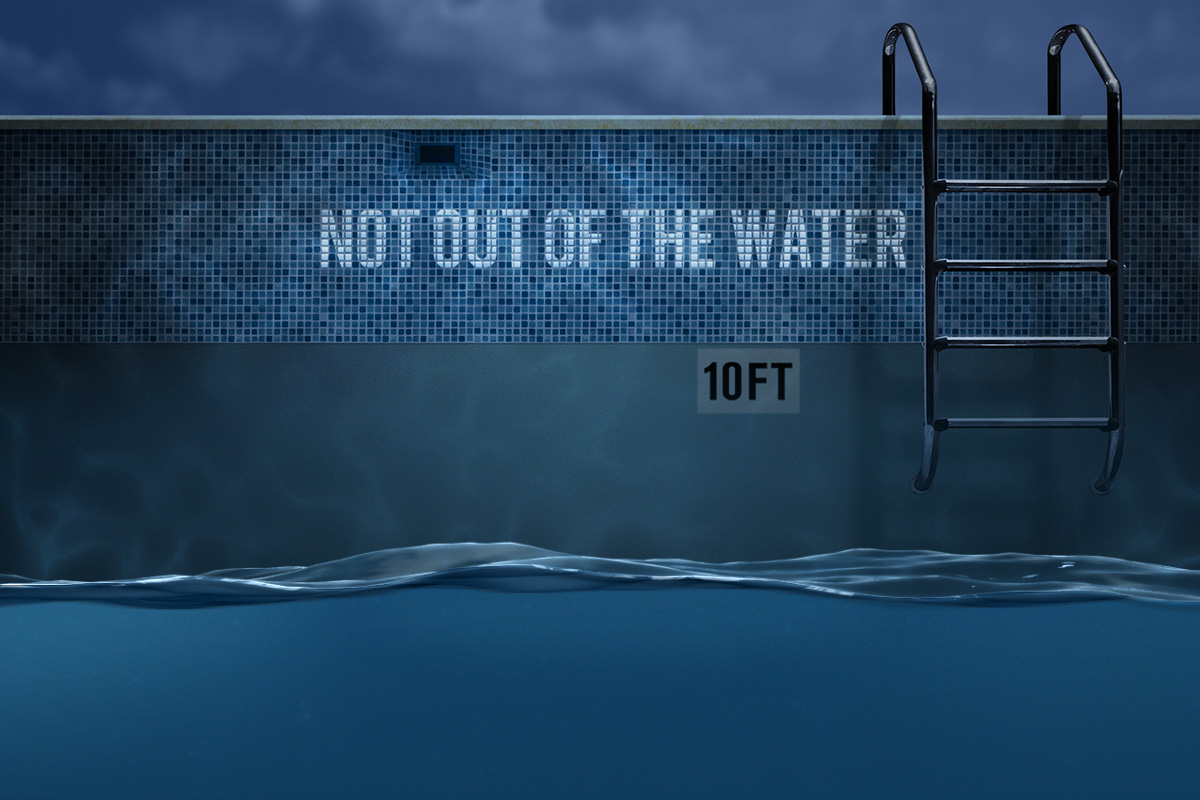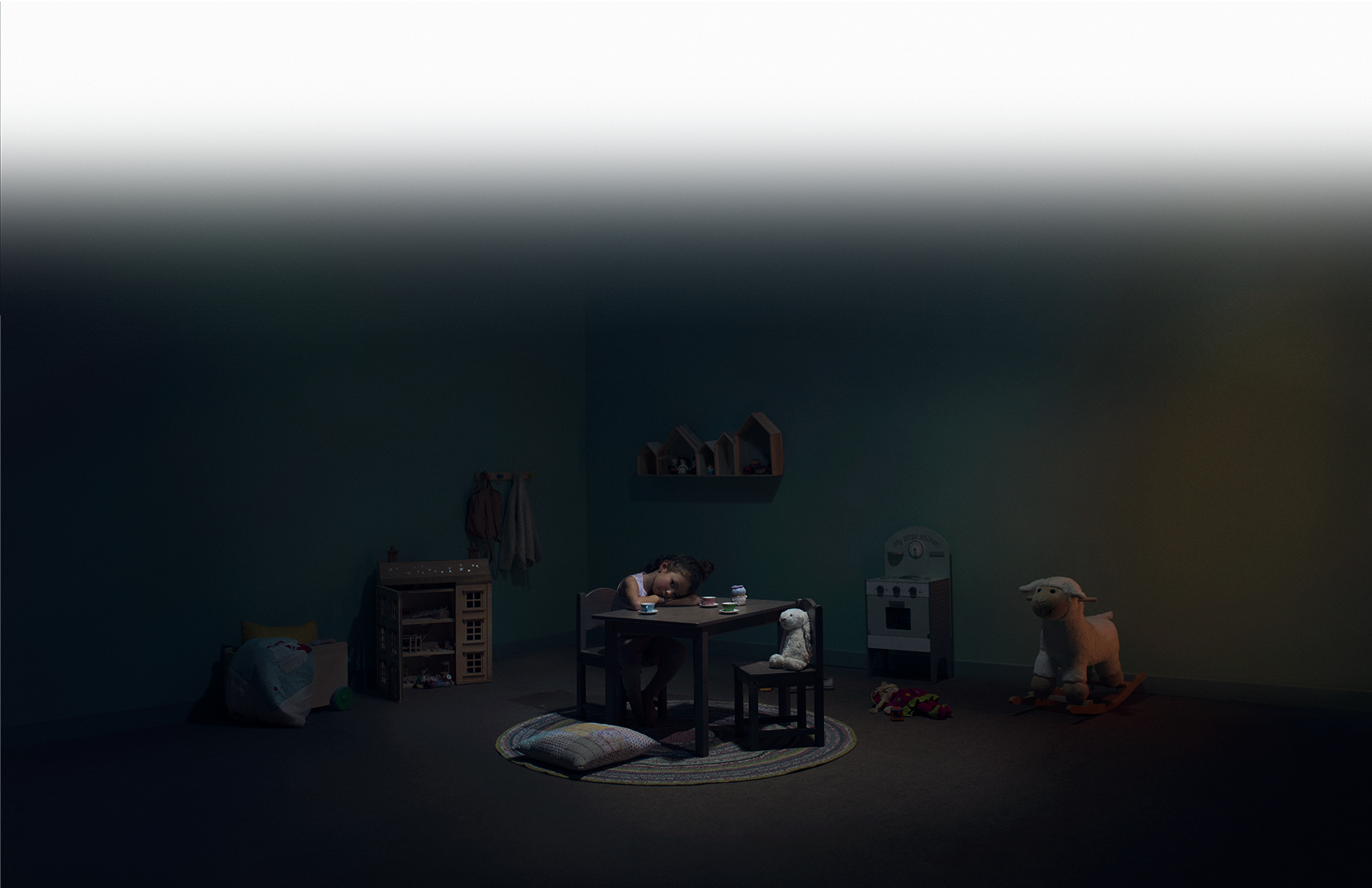MENU






Over the past year you may have heard the terms near, dry, wet, delayed, or secondary drowning being used to describe drowning events where symptoms occurred after leaving water. These are not medically recognized conditions, but nonetheless have rapidly spread across news outlets and social media. Our hope is that you are able to see beyond them to better understand that drowning is a process that can be mild, moderate, or severe with fatal or nonfatal outcomes.
drowning is a process
When someone has a heart attack or stroke, and survives with some symptoms appearing later, it's not called a "near heart attack" or "secondary stroke."
That said, if someone drowns and survives, it is called a nonfatal drowning.1
don't panic
So don’t panic, or cancel your trip to the pool. If your child
coughs up water, or sputters immediately after leaving water, odds are the lungs will
soon relax back down, and the symptoms will cease. If they continue or worsen,
please seek medical care.
For a more comprehensive explanation, see:
Drowning in a sea of misinformation.




Contrary to popular belief, drowning is not always synonymous with death. Health experts define drowning as "the process of experiencing respiratory impairment from submersion/immersion in liquid."2


In other words, a person can experience drowning symptoms from being fully beneath the water, or from water entering the airways another way, like from being splashed. Either way, this respiratory impairment can be fatal, but most times it is not.
When a person drowns, there are only three possible end results:
fatal drowning
nonfatal drowning with injury
and nonfatal drowning without injury.1


The best way to avoid drowning is to practice better overall water safety. If your child has engaged in water play and you notice any of these warning signs afterward, it could mean that water has been aspirated and has compromised the airways or lungs, or the brain may not be receiving enough oxygen.3 People who have drowned and showed minimal symptoms after leaving water will either get better or worse within 2-4 hours.
warning signs
There have been no recorded cases of completely normal, healthy children who suddenly died because they had gone swimming days earlier. Symptoms that appear unexpectedly, days later are likely unrelated to the drowning episode and should be evaluated as such.1

Be sensitive to behavior changes.
If your child shows any of these symptoms,
persistent cough
chest pain
trouble breathing
low energy
extremely sleepy
or seems irritable
shortly after they've left water, seek medical help immediately.

A chest X-ray may be needed to make an assessment and the child may need to be given oxygen and observed for a few hours.

In most cases the symptoms improve within a few hours and the patient is released.

Drowning is fast, silent, and preventable
preventable

According to the Centers for Disease Control and Prevention, drowning is responsible for more deaths among children ages 1- 4 than any other cause of death except birth defects.

It is also estimated that for each child who dies from drowning, five more children receive emergency care for nonfatal submersion injuries.4

Additionally, a study of 41,000 lifeguard rescues showed that .5% of patients with initially minimal symptoms and 5% of patients with initially moderate symptoms ultimately died of drowning.
41,000

According to the Centers for Disease Control and Prevention, drowning is responsible for more deaths among children ages 1- 4 than any other cause of death except birth defects.

It is also estimated that for each child who dies from drowning, five more children receive emergency care for nonfatal submersion injuries.4

41,000
Additionally, a study of 41,000 lifeguard rescues showed that .5% of patients with initially minimal symptoms and 5% of patients with initially moderate symptoms ultimately died of drowning.
THE TAKEAWAY?
Nonfatal drownings are not rare. In fact, they happen more often than fatal drownings.
So when symptoms show, even minimally, it is worth further medical intervention to avoid injury.1


Remember, the best way to prevent drowning is to practice safer behaviors anytime your child is in, near, or around water.


Even better, enroll your child in swim lessons, make sure there is adequate supervision for children and adolescents, use life jackets, utilize 4-sided pool fencing, and only swim in areas where there is a lifeguard. Parents and those supervising should know water safety and CPR to adequately supervise children.5
How
much
do you
know
about
water
safety

How much
do you know
about water
safety

